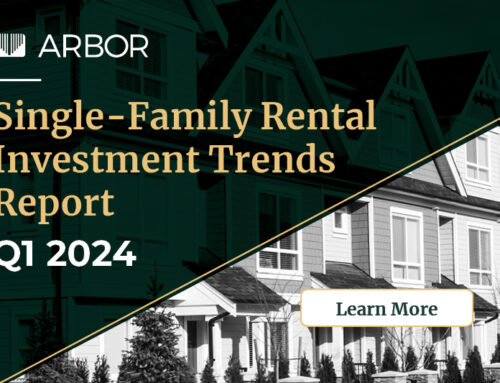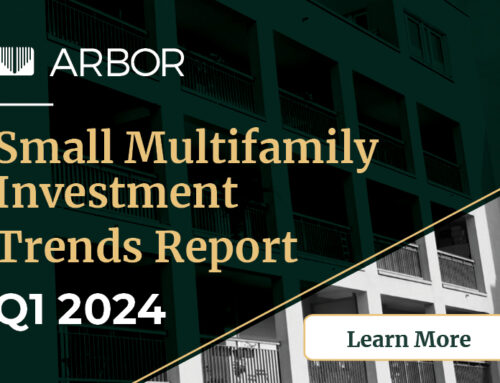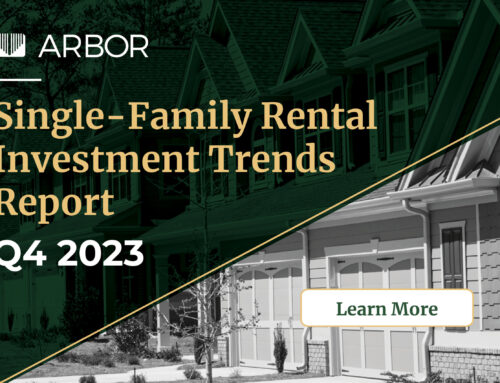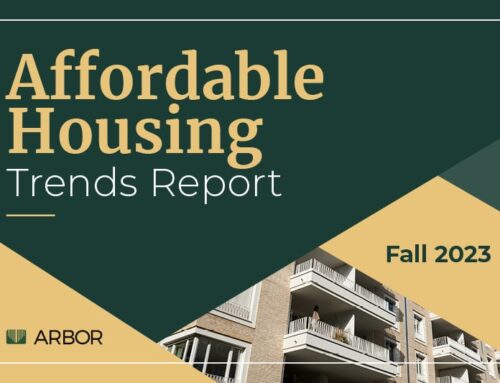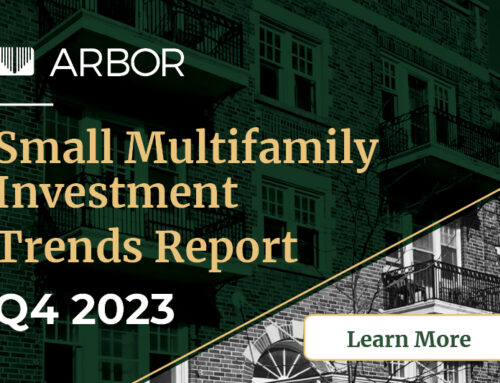This week’s roundup highlights small multifamily market trends, U.S. cities’ job growth and wage growth, and student housing performance. First, Arbor’s Chatter blog releases a new annual report, 2019 Metro-Level Small Multifamily Investment Trends Report, which takes a look at the performance of small multifamily nationwide by breaking down the top 50 metros into three tiers. Next, MarketWatch lists the U.S. cities with the strongest employment growth and wage growth, according to Glassdoor’s latest job market report. RealPage takes a look at fall 2019 student housing fundamentals such as rent growth and pre-leasing, noting that the sector’s performance varies widely by college. Then, Multi-Housing News argues why apartments offer a more sustainable living option that can benefit both residents and property owners. Finally, GlobeSt examines how demographic trends like growing populations and an increasing preference for renting should support the multifamily market’s continued prosperity into the next decade.
2019 Metro-Level Small Multifamily Investment Trends Report
Arbor Chatter – October 4
“This new annual report takes a closer look at the sector’s performance by breaking out the top-50 U.S. metros into three tiers and analyzing the markets in terms of origination volume, cap rates, debt yields and more.”
Here Are the U.S. Cities With the Highest Job Growth and Wage Increases in September
MarketWatch – October 4
“The U.S. job market is still strong, but some cities appear to have more pep than others.”
Student Housing Performance Varies Widely by School
RealPage – October 3
“Overall year-end annual effective rent change was 1.7% as of August, compared to the U.S. average of 1.6% year-ago.”
Apartments: The Low-Impact Green Investment
Multi-Housing News – October 2
“Apartment buildings have the basic building blocks to be top sustainability performers in the housing industry.”
Multifamily Demographics Positioned for More Growth
GlobeSt – October 1
“There is an increase in rental rates, occupancy levels are stable and there are substantive conversations about affordable housing.”



